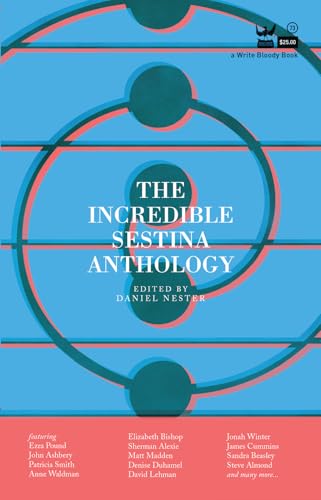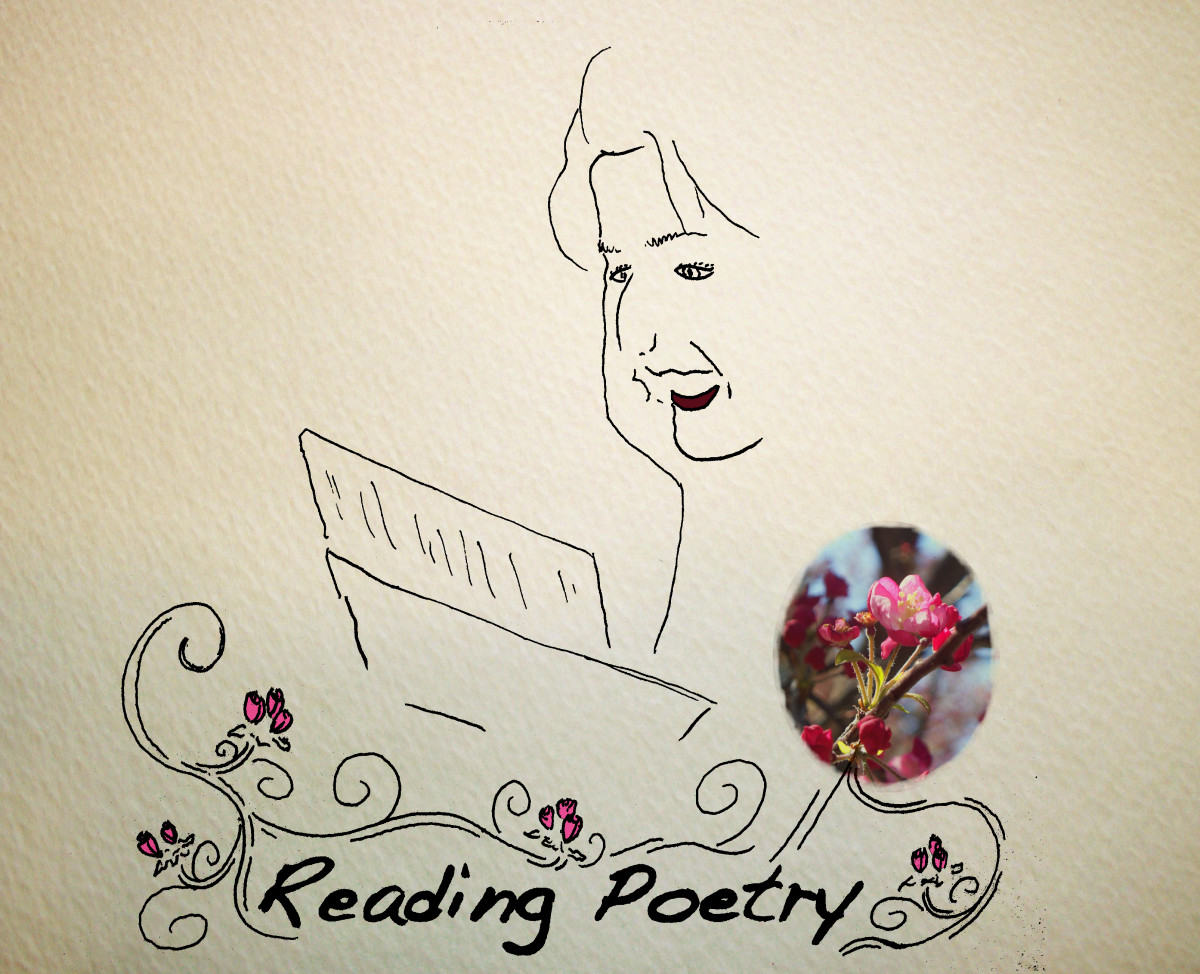Types of Poem Forms – French Sestina Poems
Perhaps one of the most daunting tasks for any aspiring poet is the first time they attempt to write a French Sestina poem. Writing a Sestina requires a good bit of thought and time, but it is a poetic fixed form well worth the effort to master, even if it is a complex fixed poem form known as a “Trobar clus" (closed poetic form). This little-known and problematic form of French poetry was customarily only appreciated by the privileged or tasteful patrons. Furthermore, the Sestina is the perfect poem form for a somewhat long narrative well told in poetry form.
History of Poetry – French Sestina Poem
There is somewhat of a bit of controversy over who exactly came up with the French Sestina poem format. It seems to have originated sometime in the twelfth century and many credit the first known Sestina to Arnaut Daniel, promoting the idea that he was a troubadour, when actually he was in my opinion more likely a Trouvère poets. Trouvère poets were subsidized by their titled benefactors and a few were of blue-blooded bearing themselves. Regardless, it certain that Arnaut Daniel was for many of his time, a very famous poet (and mathematician) and greatly admired by other literary masters, such as Dante and Petrarch.
Since Sestina’s are meant to be performed not read aloud or memorized by spoken word artists, but sung to music it makes it difficult to know for sure who exactly came up with this difficult poem form.
Arnaut Daniel - Lo ferm voler qu'el cor m'intra

Rules For Fixed Form Sestina Poems
- Each of the six stanzas consist of six lines and ends in a tercet (an assembly of three lines of verse that rhyme with each other or with another cluster of three) called the "Envoy."
- The total length of a Sestina is thirty-nine lines.
- Each line can vary in length, but in most cases will be more or less the same to be consistent.
- The first stanza sets the order scheme for the rest of the next five stanzas. However, each are repeated in a different order called a “lexical repetition.”
- All repeated lines are unrhymed lines.
- The first line beginning with the second stanza ends with the same word as the one that ended the last line of the stanza above it.
- In the concluding Envoy, each of the six rhyming words are used in a unique format of one rhyming word in the middle of each line, along with a second rhyming word at the end of the line.
The ending word scheme and order of lines of a Sestina are as follows:
1st stanza
1, 2, 3, 4, 5, 6
2nd stanza
6, 1, 5, 2, 4, 3
3rd stanza
3, 6, 4, 1, 2, 5
5th stanza
4, 5, 1, 3, 6, 2
6th stanza
2, 4, 6, 5, 3, 1
Hints For Making Writing A Sestina Easier
Your best bet is to choose six words that you possibly want and play with them. Nouns and active verbs work best. Consider that after you write your first stanza it is best to make a list of all the ending words (terminals) to have them convenient for writing your next five stanzas, along with the ending and center words of the Envoy. Think witty light verse rather than strict poetry. However, some poets swear by another method for writing a Sestina, in that they simply write the first six line stanza and then rework it into improved end words.
Usually, I find that writing a Sestina is a work in progress even once I initially think I'm done with it. The Sestina below is an example, that I no doubt will come back to again and again before I am completely satisfied with my results.
Disenfranchised Voices
We were the smiling comfortable fools
Raising falsely entitled children across the land
Where big butt SUVs hogged the road
Where soccer moms put on fake faces
Of which every prize moment facebook posted
While the American dream was secretly stolen and gone
Where or where has the middle class gone
We were the borrowers the bankers made fools
Upon which our backs record profits posted
Raising falsely inflated credit scores across the land
Where rising inflation painted frowns on faces
Where big worries loom down the road
Where budgets no longer include any road
While food in the food banks are often gone
Where the homeless include Veteran faces
We are the middle class uninsured fools
Raising " Occupy" signs all over the land
Of which the news media reluctantly posted
Where the arrested must have bail posted
Where freedom of speech took another road
Raising "I Am the 99%" wherever there is public land
While a lifetime of work pensions are all but gone
We were the true believer capitalism fools
Where young and old wear disillusioned faces
Where the rich and their lobbyist friends don smiling faces
Of which facebook outrage failed to keep posted
We were too trusting apathetic fools
Where outsourced jobs took a different road
While many of our young soldiers were Middle East gone
Raising a new generation of broken and wounded in Veterans land
Raising another generation of broken in an under-educated land
Where futures do not show in shining fresh faces
While hopes, dreams, and a way of life are mostly gone
Of which the depression of the masses keeps getting posted
Where reality begins to take the lower road
We are marching to a middle class long gone
Who were the fools and what will happen in freedom land?
On this long road with many faces.
We the disenfranchised cried out and posted, if not what was American will soon be gone.
Jerilee Wei © 2011
Double Sestina
Now, if you are really wanting a challenge you should try to write a Double Sestina. Similar to a Sestina with twice the amount of work, the Double Sestina follows poetic rules of:
- Twelve repeating end (terminal) words
- Twelve stanzas
- Concluding the poem with a six line Envoy
If You'd Like To Know More About French Sestina Poetry!
- Guide to Verse Forms - Sestina variations
- Poetic Form: Sestina- Poets.org - Poetry, Poems, Bios & More
The sestina is a complex form that achieves its often spectacular effects through intricate repetition. The thirty-nine-line form is attributed to Arnaut Daniel, the Provencal troubadour of the twelfth century. The name "troubadour" likely ... - Sestina - A poem by Elizabeth Bishop - Poetry Connection
Sestina by Elizabeth Bishop - Sestina - Wikipedia, the free encyclopedia
- Writing a Sestina
The technique of writing a sestina









